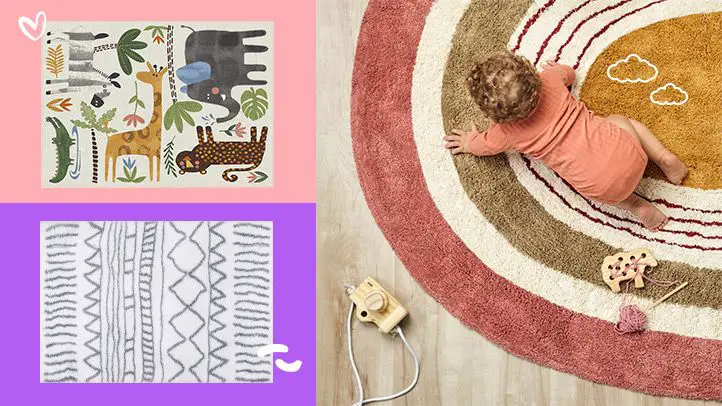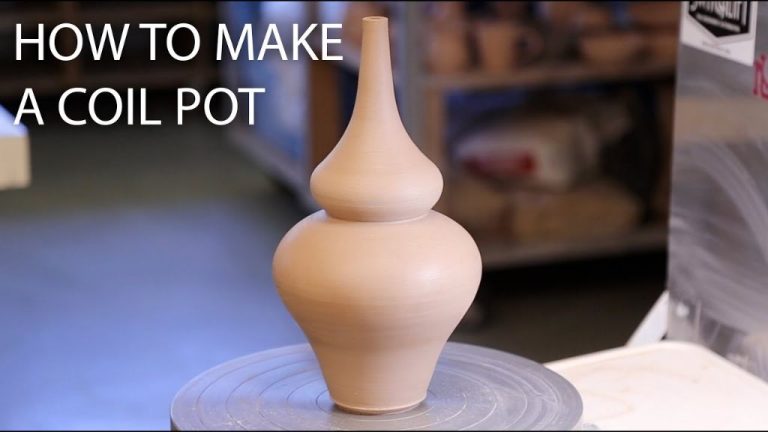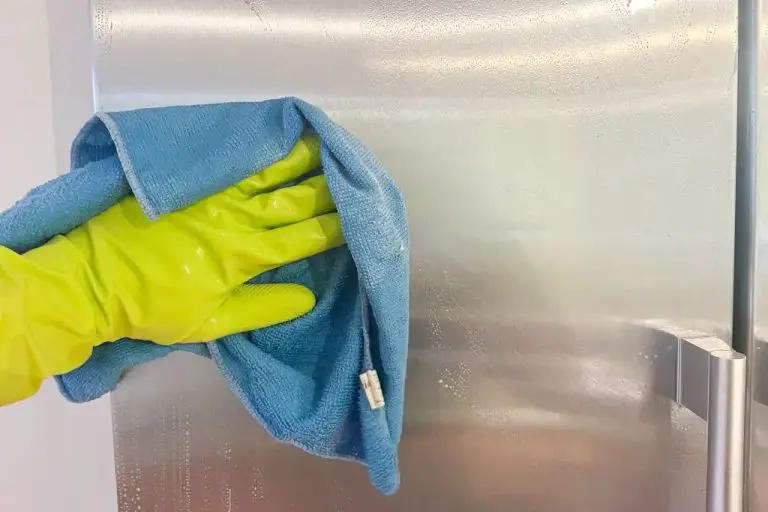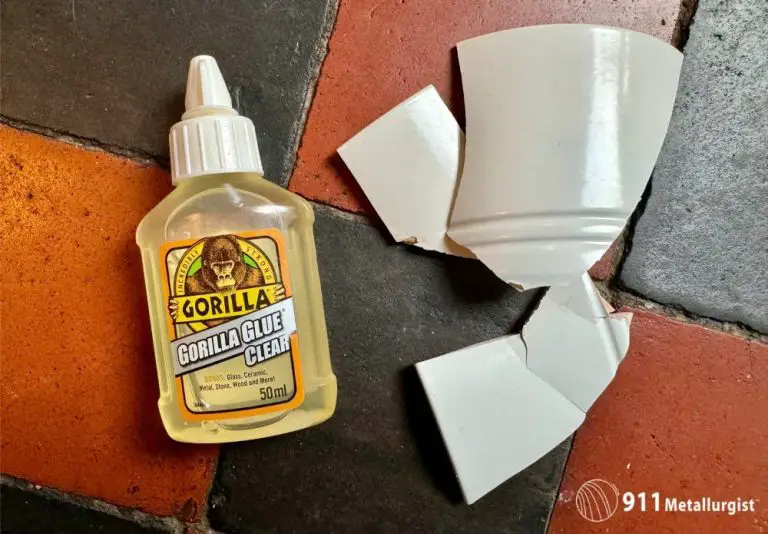What Type Of Rug Is Best For Nursery?
When designing a nursery, selecting the right rug is an important decision. The rug will likely get a lot of use, so it needs to be comfortable, safe, and stylish. This article will provide an overview of the key factors to consider when choosing the best rug for a nursery, including safety, material, pile height, pattern, shape, size, budget, and care. The goal is to help parents and caregivers choose a high-quality nursery rug that fits their needs, decor, and budget.
Safety
When choosing a rug for a nursery, safety should be a top priority. Look for rugs with a non-slip backing to prevent slips and falls. According to Ruan Living, “Opt for a rug with a non-slip backing. Non-slip pads or rug tapes can be added to rugs that don’t come with non-slip backings.”
Rugs that are not secured to the floor can slide around, causing a tripping hazard. Non-slip backings grip the floor and keep the rug firmly in place. This is especially important for crawling babies and toddlers just learning to walk.
Some options for non-slip backings include rubber, latex, and polyvinyl chloride (PVC). The Rugs USA blog recommends a natural rubber backing for eco-friendly options. Make sure any adhesives used are non-toxic as well.
In addition to non-slip backings, also look for thick pile rugs. According to Decorsify, “Thicker pile rugs are safer as they provide more cushioning in case baby takes a tumble.”
Prioritize safety when selecting a nursery rug. Non-slip backings reduce the risk of slips, while thick pile cushions falls.
Material
When choosing a rug material for the nursery, three popular options are wool, cotton, and polyester. Each material has its own pros and cons to consider:
Wool is a top choice for nursery rugs because it is soft, durable, and naturally stain-resistant. The fibers don’t harbor allergens and wool is fire-resistant. However, wool rugs are more expensive and require professional cleaning.
Cotton is a breathable natural fiber that is soft underfoot. Cotton rugs come in a wide range of colors and patterns. However, cotton is less durable than wool and more prone to staining. Cotton rugs can also be expensive.
Polyester is an affordable synthetic fiber used in many nursery rugs. Polyester is colorfast and easy to clean. However, it is less environmentally friendly than natural fibers. Polyester isn’t as soft as wool and can pill or flatten over time.
Pile Height

When choosing a rug for a nursery, it’s important to consider the pile height, which is the thickness of the rug from the base to the surface. A lower pile height around 1/4 inch is often recommended for nurseries to allow babies to crawl and play on the rug more easily. Thicker, high pile rugs with pile heights over 1/2 inch can make it more difficult for babies to move around.
As noted in an article by Architectural Digest, a tightly woven rug with a low pile is a good option to “allow babies to scoot around” (source). The Spruce also recommends low pile heights under 1/2 inch for safety and ease of mobility.
While plush high pile rugs may seem soft and cushiony, they present a suffocation risk and can be harder to clean. Their thickness also makes it harder for babies to push up off the rug and crawl. A lower pile is gentler on tender knees and hands trying to gain traction while crawling.
Some good options are flatweave, kilim, dhurrie, or indoor/outdoor rugs under 1/2 inch pile height. Loop pile textures are also easy for crawling. Ultimately the safest nursery rug will be tightly woven, durable, and low profile.
Pattern
When choosing a rug for a nursery, you’ll need to decide whether you want a solid color or a patterned rug. Both options have their pros and cons.
Solid color rugs can provide a blank canvas and seamlessly blend in with the rest of your nursery’s decor. They don’t distract or overwhelm the eyes. Solid rugs are especially great if you already have many colors and patterns from wall decor and bedding in the nursery. Their neutrality lets other elements shine.
That said, patterned rugs can add visual interest and personality to the nursery. From subtle textures to bold geometric prints, patterned rugs make a statement. Just be cautious of busy patterns that could overstimulate your baby. Save those for rooms other than the nursery. If using a patterned rug, opt for softer or simpler designs like polka dots or narrow stripes.
According to Nursery Rug Ideas to Ground Your Baby’s Room, it’s best to go with a low-pile patterned rug to help stimulate your baby’s visual development without being too distracting. Just avoid any patterns that are so busy they make the room feel chaotic.
Whether you choose solid or patterned, focus on soft natural fibers like wool that are cozy underfoot for babies on the floor.
Shape
When choosing a rug shape for a nursery, two popular options are round vs. square rugs. According to Rugs Direct, round rugs can provide a soft, playful look in a nursery, especially for a girl’s room. The circular shape has no sharp corners and creates a cozy feel. Round rugs also work well in the center of a room since they don’t have an obvious orientation. On the other hand, square or rectangular rugs might look better in smaller nurseries or tight spaces. The straight edges can make the room appear a bit larger. Square and rectangular rugs are also easy to arrange with cribs, dressers, rocking chairs, and other nursery furniture, which often have straight lines themselves.
Size
When choosing a rug for the nursery, it’s important to select the right size based on the dimensions of the room. According to Rugs Direct, popular nursery room sizes range from 8×10 to 10×12, although other sizes exist too. In general, a rug that is too small can make the room look cramped, while a rug that is overly large can be a tripping hazard.
For a 10×10 nursery, an 8×10 rug leaves a 1 foot border on each side, which provides a nice balance. For a 10×12 or 12×12 room, an 8×10 rug may look too small, so a 9×12 is better suited to leave a border while filling most of the floor. Larger rugs like 10×14 can also work for bigger nurseries. Just be sure to measure the room and purchase a rug with 1-2 feet of floor showing on each side for safety and proper proportions.
Budget
When choosing a nursery rug, there are affordable and premium options to consider. On the lower end, you can find basic polyester or nylon rugs for under $50 (https://www.amazon.com/nursery-rugs/s?k=nursery+rugs). These are typically machine washable and good options if you are on a tight budget or want a temporary rug. In the $50-$150 range, you’ll find better quality synthetic rugs, cotton rugs, and basic wool rugs, often in fun prints and textures for a kid’s room (https://crane-baby.com/shop/room-decor/rugs/). On the premium end, over $150, are high-quality wool rugs that are extremely soft underfoot and durable for years of play. While more of an investment, these can become keepsake rugs your child uses into their toddler and preschool years.
Care
Keeping nursery rugs clean is essential for health and safety. Regular vacuuming can remove dirt, debris, and allergens. For wall-to-wall carpet, vacuum 1-2 times per week. For area rugs, vacuum both sides weekly. Use a vacuum with a beater bar for low pile rugs, and a suction-only vacuum for high pile rugs to prevent damage.
Spot clean stains immediately with a damp cloth, water, and mild detergent. Gently scrub the area in a circular motion. Avoid excessive rubbing, which can damage fibers. For tough stains, mix equal parts white vinegar and water and dab on the stain. Rinse with clean water and allow to fully dry before walking on the rug. Refer to manufacturer instructions for approved cleaning products.
For a deeper periodic clean, hire a professional rug cleaner every 6-12 months. Professional cleaning extends the life of the rug. Avoid DIY steam cleaning, which can shrink or damage fibers if not done properly. Follow all manufacturer instructions for maintenance.
Sources:
https://www.rugknots.com/blogs/professional-cleaners/clean-kids-rugs-easily-at-home
https://rugsbyroo.com/blogs/blog/how-to-clean-and-maintain-kid-friendly-rugs-at-home
Conclusion
When choosing a rug for a nursery, safety and comfort should be your top priorities. Look for a low, tight-loop pile made from natural fibers like wool or cotton. Stay away from high piles that could be a tripping hazard. Consider round or oval shapes without corners for safety. Size the rug to cover the main play area while allowing room for storage bins and furniture. While patterns and colors can help stimulate baby’s senses, avoid overly busy designs that could be visually overwhelming. Prioritize quality on key safety features over decorative elements when sticking to a tight budget. And select a fiber that can stand up to repeated cleanings. With some thoughtful consideration of your needs, you can find the ideal rug to finish off your nursery space.



